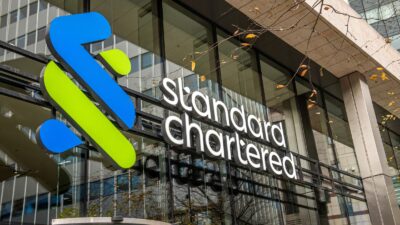Royal Dutch Shell (LSE: RDSB), BHP Billiton (LSE: BLT) and J Sainsbury (LSE: SBRY) are currently popular picks among investors looking for high dividend yields.
And, as the table below shows, it’s not hard to see why.
| Recent share price | Trailing 12-month dividend | Trailing 12-month yield | |
| Shell | 1,803p | 188¢ (123p) | 6.8% |
| Billiton | 1,116p | 124¢ (82p) | 7.3% |
| Sainsbury’s | 266p | 13.2p | 5.0% |
But will these yields prove deceptive? Are these FTSE 100 favourites set to cut their dividends in 2016?
Can you be sure of Shell?
The prevailing low oil price and April’s announcement of a £47bn deal to acquire BG Group could have been used by Shell’s board as grounds to rebase the dividend. Instead, the company confirmed its intention to pay a maintained 188¢ dividend for 2015, and “at least that amount” in 2016.
As recently as last month, the Financial Times quoted chief executive Ben van Beurden as saying: “That is an assurance that we really know as a company and as a board we can stand by, because the dividend is such an iconic item within Shell”.
The total dividend for 2014 was $11.8bn, but $2.4bn was settled by scrip, giving a cash cost of $9.4bn. Over the next three years, Shell is curtailing over $15bn of spending (and has scope to reduce further, if necessary), and — when the BG takeover goes through — intends to dispose of up to $30bn of assets. Shell’s balance sheet is strong, with current gearing of just 12.7%, which will rise to a still-modest 20% or so after the BG acquisition.
As such, Shell appears to me to have plenty of margin to be able to deliver on its dividend commitment for 2015 and 2016 — and beyond. The trailing yield of 6.8% looks a reliable indicator of what investors today might expect to receive going forward.
Billiton or Billi-gone?
Low metals prices and this year’s demerger of South32 could have been used by BHP Billiton’s board as grounds to rebase the dividend. But, like his counterpart at Shell, Billiton’s chief executive, Andrew Mackenzie, has remained “resolute” on the company’s dividend commitment.
“This is a commitment which has withstood many previous cycles, and is and remains a key differentiator relative to our peers,” he said in August, when Billiton released its annual results for its financial year ended 30 June.
Like Shell, Billiton is reducing operating costs and capex, but its position is not quite as strong as that of the oil giant. For example, Billiton’s free cash flow didn’t quite cover last year’s dividend, and the company ended the year with gearing of 25.7%.
I would anticipate Billiton maintaining its dividend for the year to June 2016, but if metals prices remain depressed the payout could become problematic for 2017, and certainly for 2018 — a risk reflected in a 7.3% trailing yield that is somewhat higher than Shell’s 6.8%.
Sainsburied
Sainsbury’s trailing yield of 5.0% might imply that the supermarket has a lower risk of a dividend cut than Shell and Billiton. In fact, Sainsbury’s is the only one of the three companies that is as good as 100% certain to reduce its payout next year. The reason for this is that the board has said: “In 2015/16, Sainsbury’s will maintain dividend cover at two times our underlying earnings for the full year”.
In a Q2 trading update, at the end of September, the Sainsbury’s announced it expected underlying pre-tax profit for the year to March 2016 to be moderately ahead of consensus expectations. However, updated analyst forecasts, taking this into account, still have earnings –and thus the dividend — coming nowhere near the level of last year. The consensus is for a 10.7p payout, representing a 19% cut. As such, investors in Sainsbury’s today should expect a 4% yield, rather than the 5% signified by the trailing dividend.






